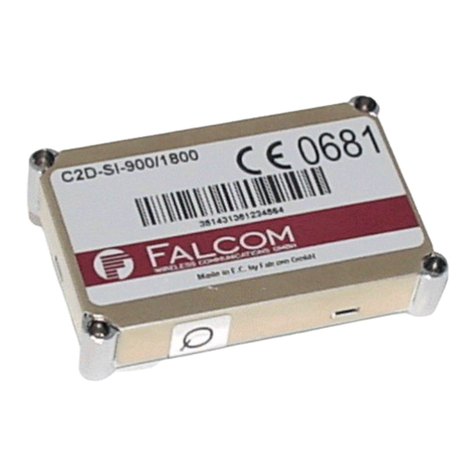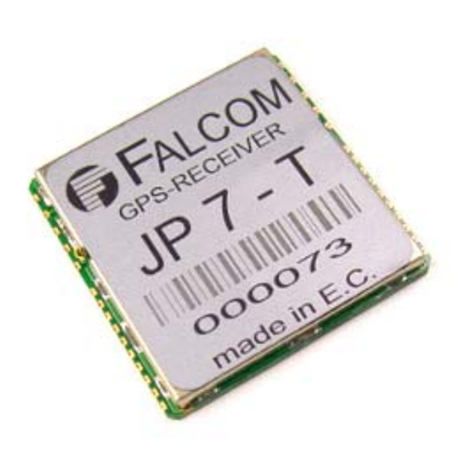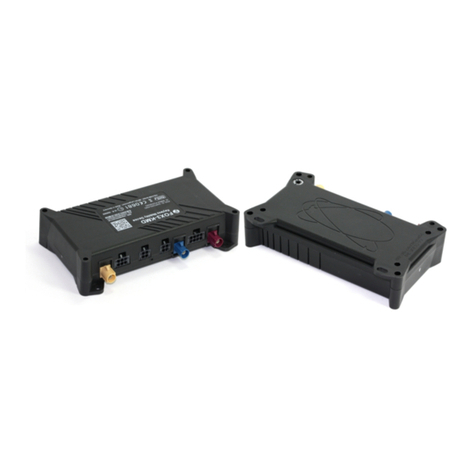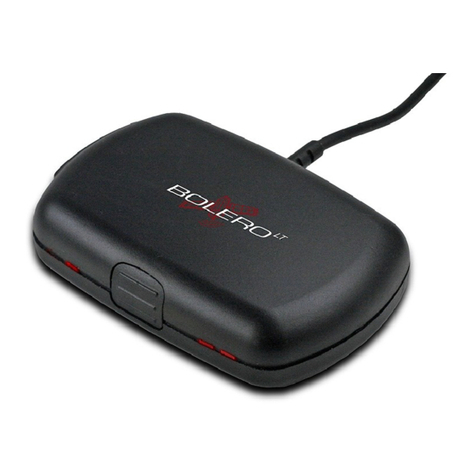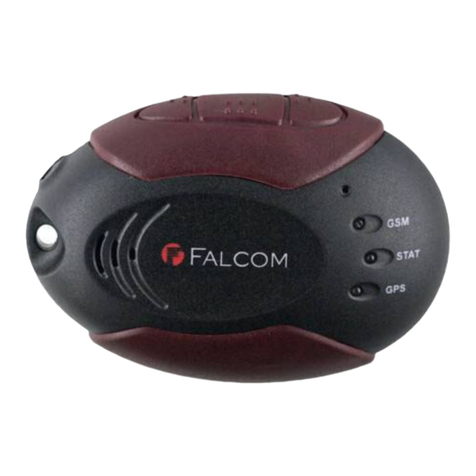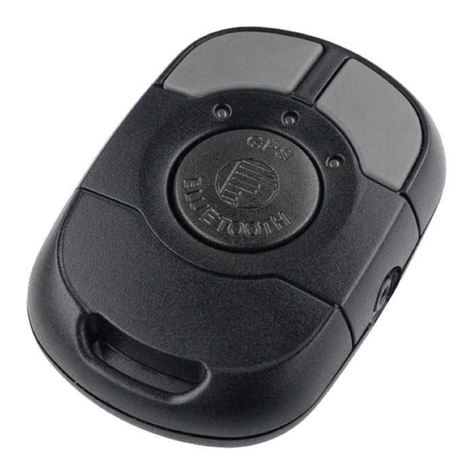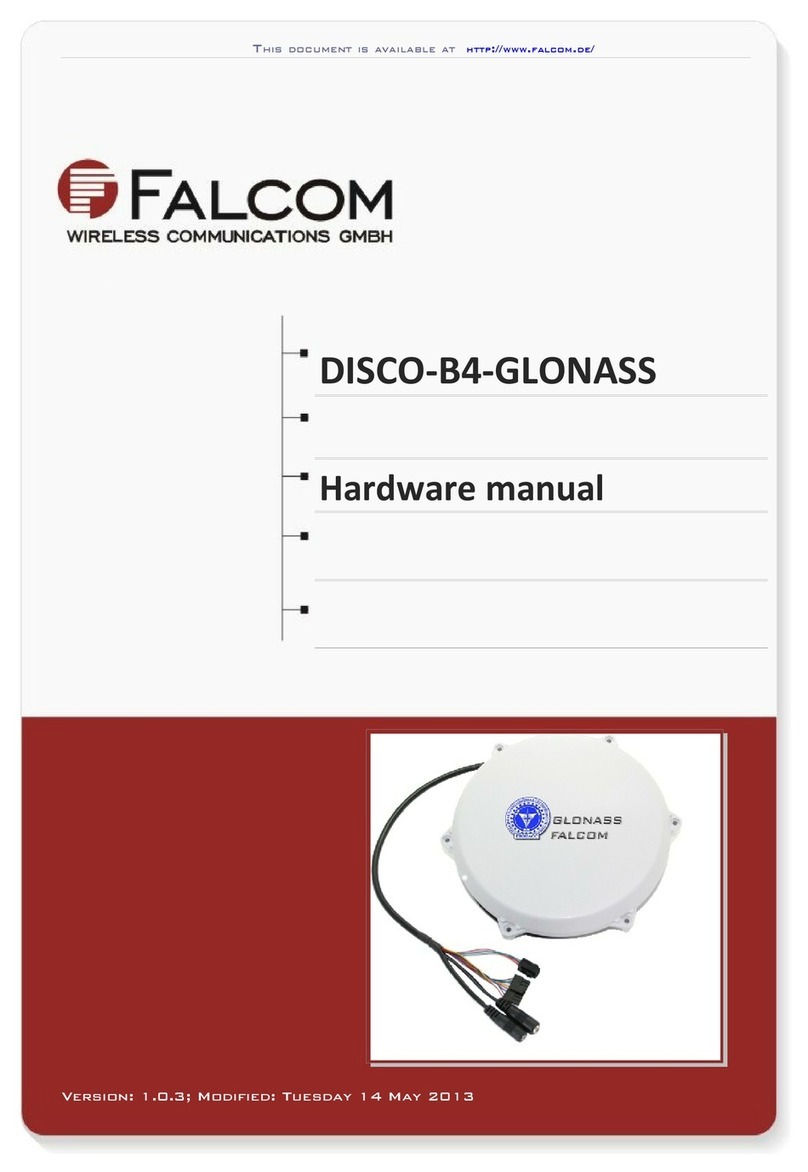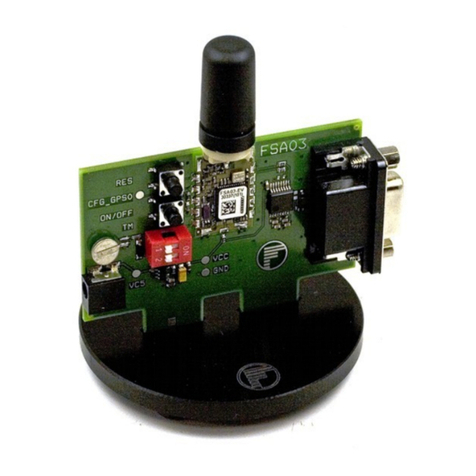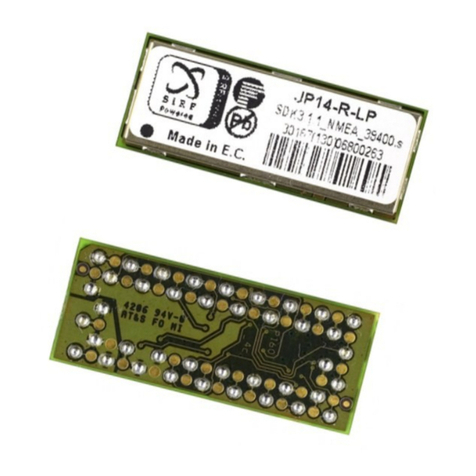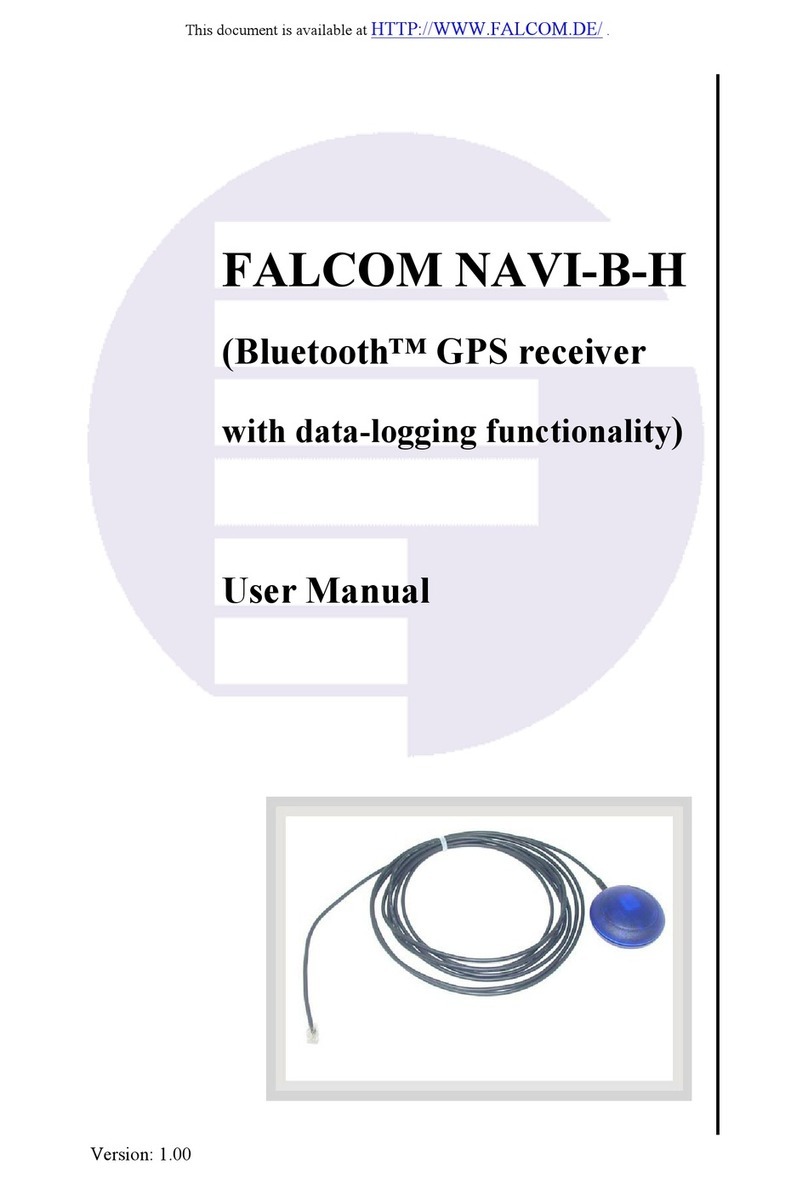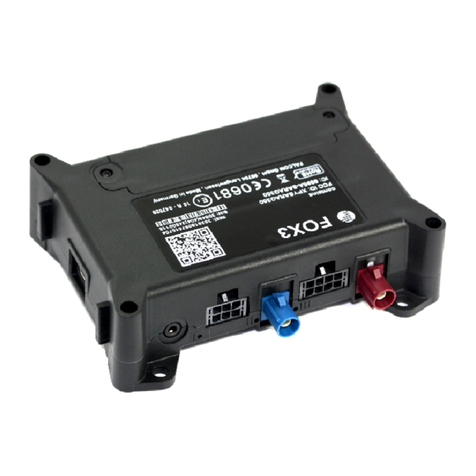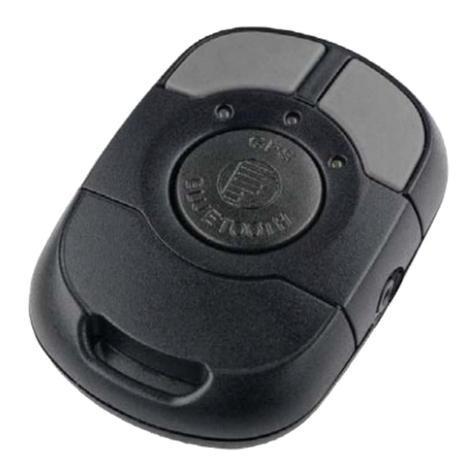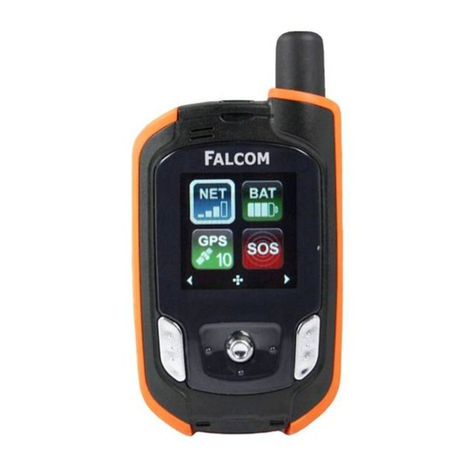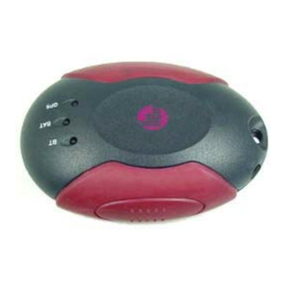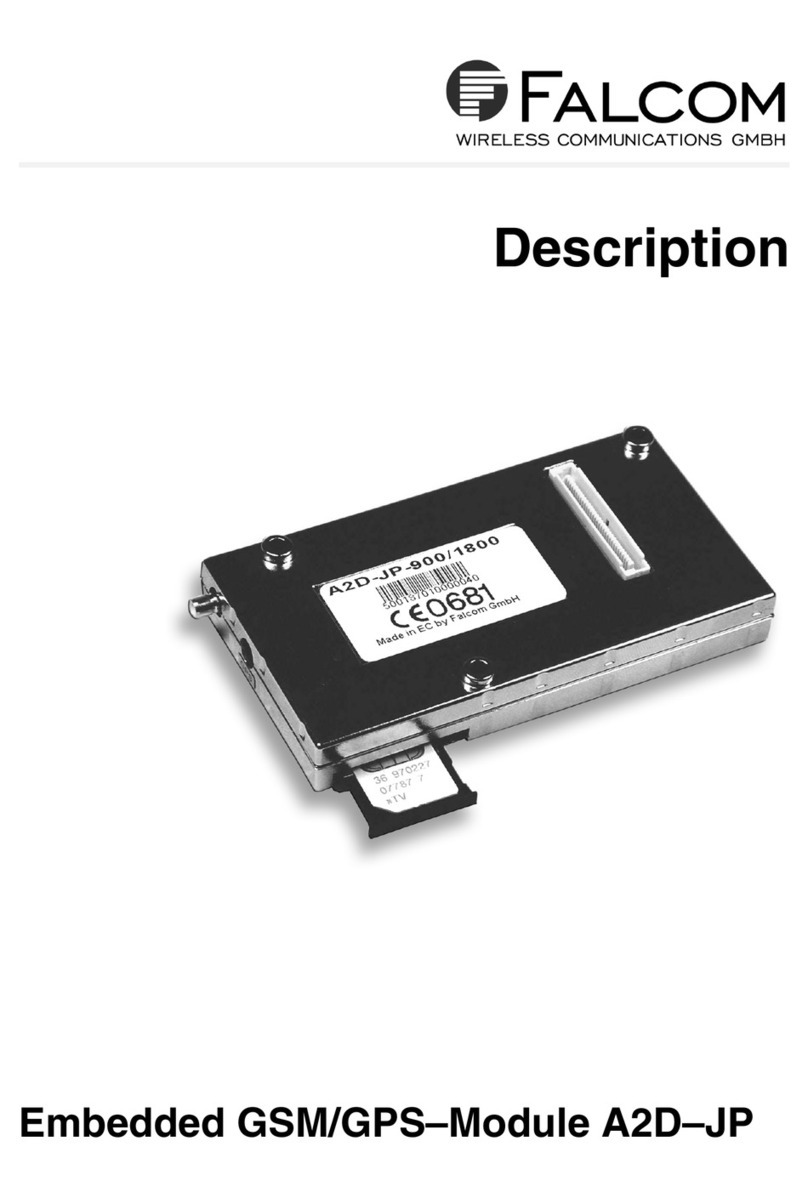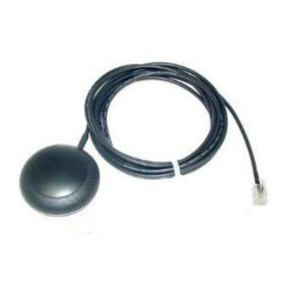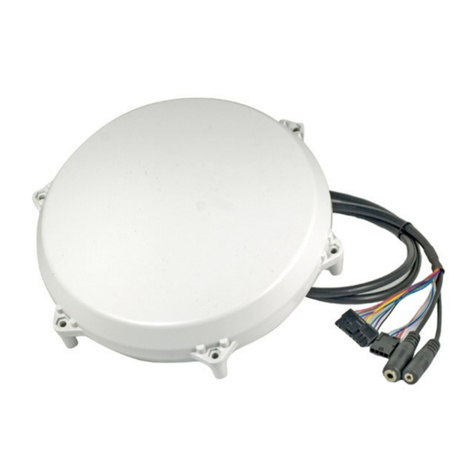MAMBO2 HARDWARE MANUAL VERSION 1.0.1
Tab e of contents
1 INTRODUCTION.................................................................................5
1.1 General......................................................................................................................5
1.2 Audience...................................................................................................................6
1.3 Circuit concept.........................................................................................................6
1.4 Related documents..................................................................................................7
2 SECURITY.......................................................................................8
2.1 General information.................................................................................................8
2.2 Exposure to R energy............................................................................................8
2.3 Driving.......................................................................................................................9
2.4 Electronic devices....................................................................................................9
2.5 Vehicle electronic equipment.................................................................................9
2.6 Medical electronic equipment.................................................................................9
2.7 Aircraft.......................................................................................................................9
2.8 Children.....................................................................................................................9
2.9 Blasting areas...........................................................................................................9
2.10 Potentially explosive atmospheres....................................................................10
2.11 Battery safety .......................................................................................................10
2.11.1 Safety precautions while charging the battery.................................................10
2.11.2 Safety precautions while discharging the battery.............................................11
3 SAFETY STANDARDS.......................................................................12
4 TEC NICAL DATA...........................................................................13
4.1 Product features.....................................................................................................13
4.1.1 Power consumption for MAMB 2......................................................................15
4.1.2 perating temperatures.....................................................................................15
4.1.3 Battery Technical Data (1300 mA/h)..................................................................15
4.1.4 GSM/GPRS features..........................................................................................16
4.1.5 GPS features......................................................................................................17
4.2 NMEA & ALCOM data message..........................................................................18
5 MAMBO2 APPLICATION INTERFACE..................................................19
5.1 Power supply..........................................................................................................19
5.1.1 Automatic shutdown...........................................................................................19
5.1.2 Power saving......................................................................................................19
5.2 unction parts of device........................................................................................20
5.3 Getting Started ......................................................................................................21
5.3.1 The principle of MAMB 2 operation..................................................................21
6 RF EXPOSURES............................................................................22
7 STATEMENTS ACCORDING TO FCC....................................................23
This confidential document is a property of FALCOM and may not be copied or circulated without previous permission.
Page 4 of 2

